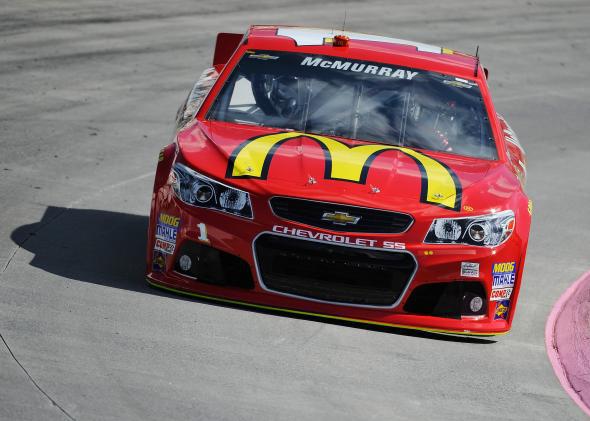Matt Novak has a great post about how 1989’s Back to the Future Part II sparked some press excitement about automation in the fast-food sector. Bottom line, “a McDonald’s filled with nothing but robot workers felt just as close (and inevitable) in 1989.”
I would actually extend the point quite a bit. It was way back in 1912 that the first Horn & Hardardt automat came to New York City. The idea of these restaurants wasn’t to completely eliminate human labor, but it was to sharply cut back on it. No waiters or waitresses. Not even any cashiers. You would, in effect, get your meal from a vending machine. A modern day fast-food restaurant is actually more labor intensive than that, not less, despite the technological progress over the past century.
One key reason for this is that the food service industry operates across a whole wide range of different market segments. Generally speaking, higher-end dining is more labor-intensive than lower-end dining and all forms of food away from home are more labor-intensive than heating up a frozen dinner at home. So when some particular segment of the food service industry changes, the overall composition of Americans’ dining habits also shifts. Which is to say that if Chili’s figures out how to get by with less human labor, therefore reducing costs, people might respond to lower prices by eating more meals at Chili’s and fewer meals at McDonald’s. But even this new, less labor-intensive version of Chili’s might still be more labor-intensive than a McDonald’s.
In other words, over the decades we didn’t just get more-and-more automation in our automats—we got whole new dining formats.
